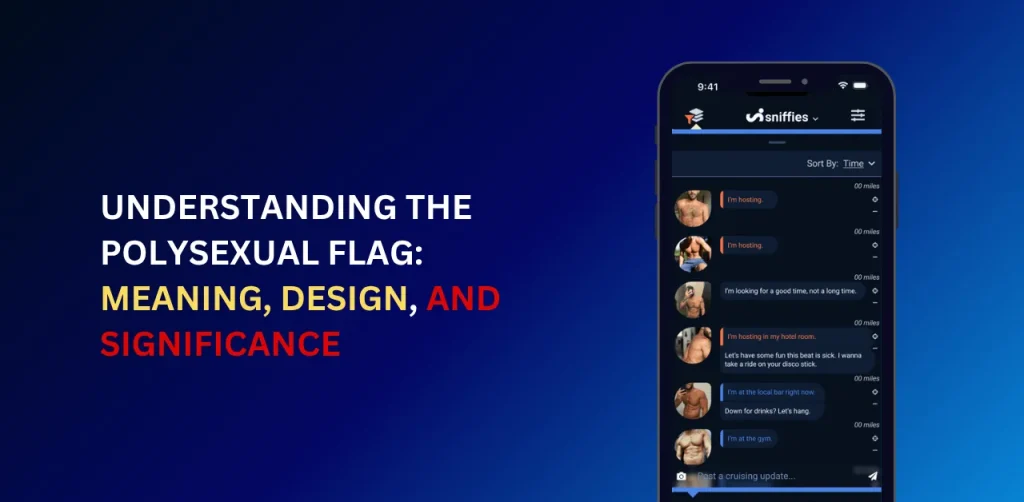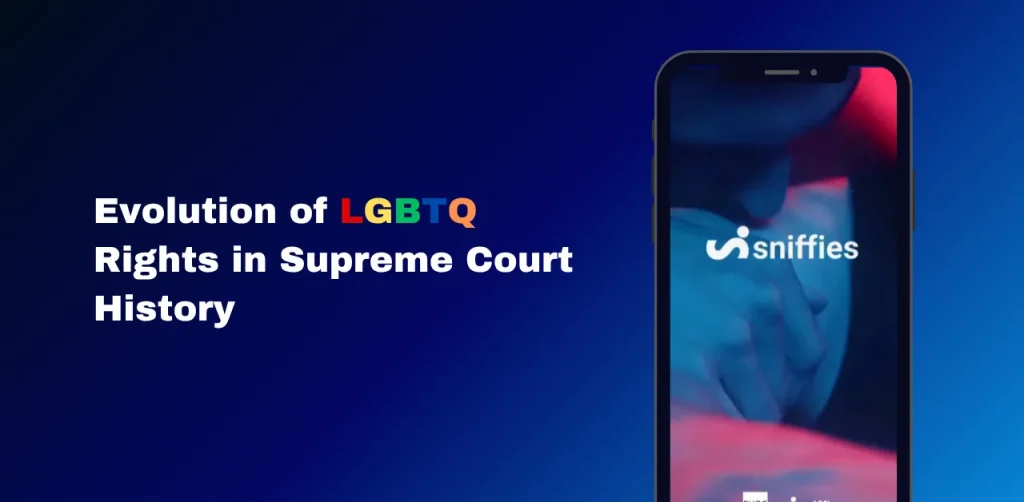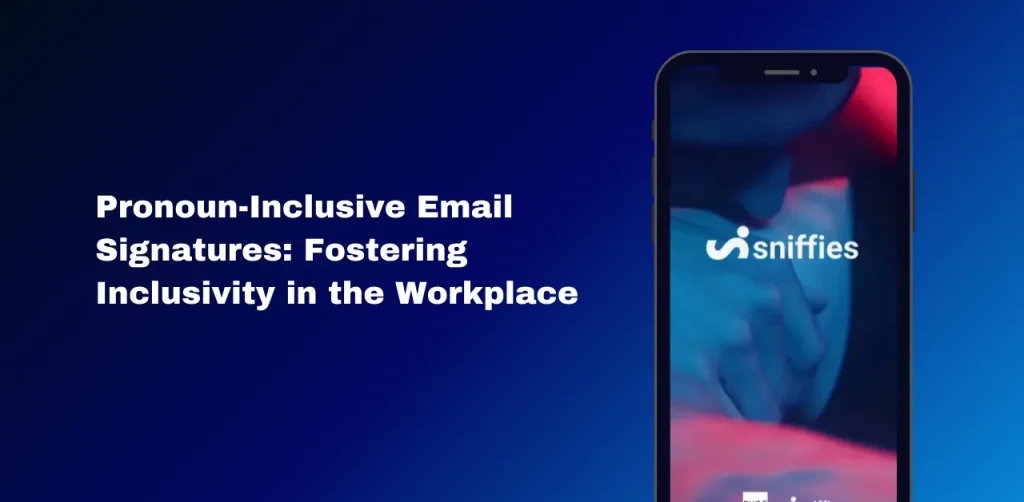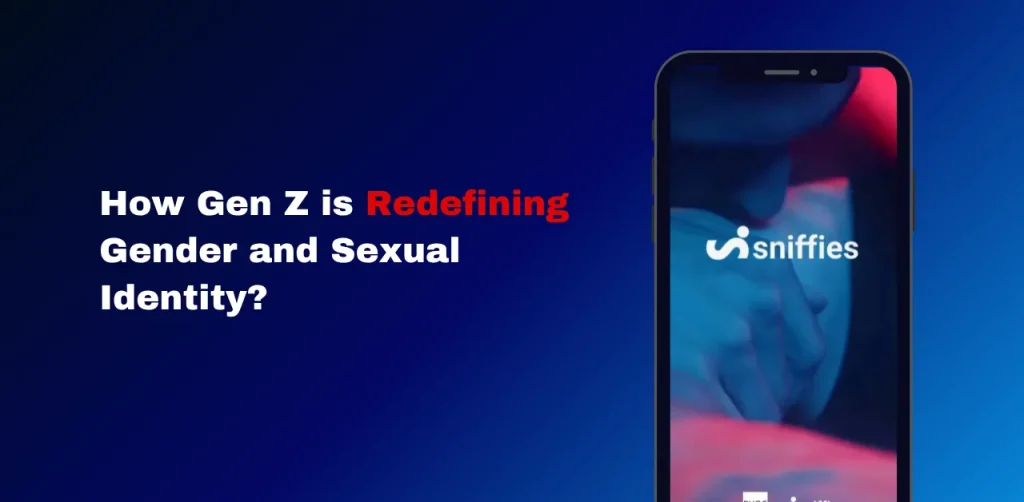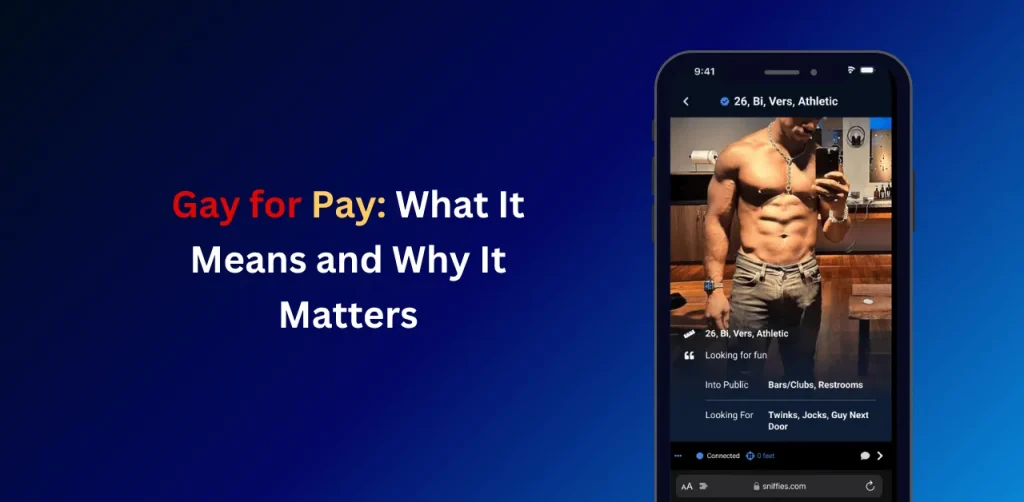All Genders According to LGBTQ+ Names With Meanings
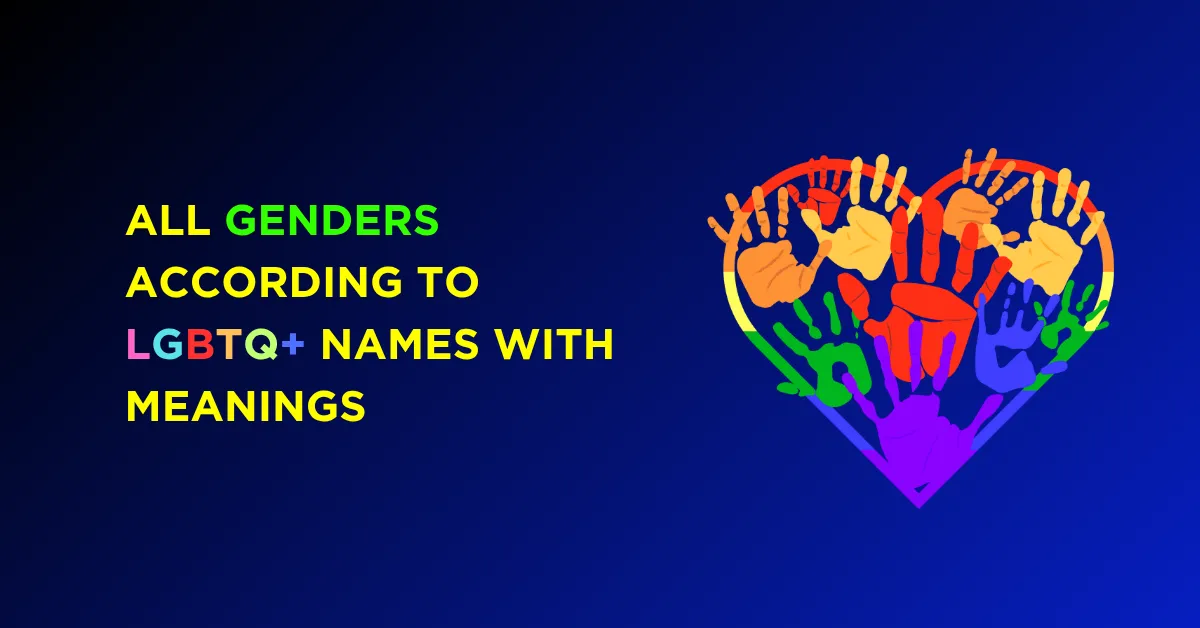
The LGBTQ+ community embraces a diverse spectrum of gender identities, reflecting the complex and personal nature of how individuals experience and express their gender. This guide explores All 72 genders identities, their distinctions from biological sex, the importance of pronouns, and actionable ways to support the LGBTQ+ community. By understanding these concepts, we can foster a more inclusive and respectful society.
All 72 genders list and meaning
Here’s a list of many All 72 genders and related terms you might encounter, along with their general meanings:
- Agender: A person who does not identify with or experience any gender. They may describe themselves as being gender-neutral or genderless.
- Bigender: A person who identifies with two distinct gender identities, either simultaneously or at different times. These don’t necessarily have to be “man” and “woman.”
- Cisgender: A person whose gender identity aligns with the sex they were assigned at birth (e.g., assigned female at birth and identifies as a woman).
- Demigender: An umbrella term for people who partially identify with a particular gender.
- Demiboy: Partially identifies as a boy/man.
- Demigirl: Partially identifies as a girl/woman.
- Demienby (Deminonbinary): Partially identifies as non-binary.
- Genderfluid: A person whose gender identity is not fixed and can change over time, fluctuating between different genders or varying in intensity.
- Genderqueer: An umbrella term for gender identities that are not exclusively male or female. It can also be used as a specific gender identity.
- Non-binary: An umbrella term for anyone whose gender identity does not fit neatly into the traditional binary of male or female. Many of the terms below fall under the non-binary umbrella.
- Pangender: A person who identifies with all genders or a multitude of genders.
- Polygender (or Multigender): A person who identifies with multiple genders.
- Transgender: An umbrella term for people whose gender identity differs from the sex they were assigned at birth (e.g., assigned male at birth but identifies as a woman).
- Trans man (FTM): A person assigned female at birth who identifies and lives as a man.
- Trans woman (MTF): A person assigned male at birth who identifies and lives as a woman.
- Third Gender: A broad term, often used in cultures that recognize more than two genders, to describe gender identities outside the binary of male and female. It can also be a conceptual term used by individuals.
- Two-Spirit: An umbrella term used by some Indigenous North American people to describe individuals who embody both masculine and feminine spirits, often holding a sacred role in their communities.
More Specific or Niche Gender Identities (often falling under non-binary):
- Abimegender: A gender that feels profound, deep, and infinite.
- Adamasgender: A gender that is indefinable, indomitable, or refuses to be categorized.
- Aerogender (or Evaisgender): A gender identity that changes depending on one’s surroundings or environment.
- Aesthetigender (or Aesthetgender): A gender identity derived from aesthetics, relating to a specific look, feel, or concept.
- Affectugender: A gender identity that changes based on one’s mood swings or emotional fluctuations.
- Agenderflux: Mostly agender with brief shifts towards other gender types.
- Alexigender: Having a fluid gender identity between multiple genders, but unable to specifically name them.
- Aliusgender: A strong, specific gender identity that is neither male nor female, and stands apart from existing social gender constructs.
- Amaregender: A gender identity that changes depending on the person one is emotionally attached to.
- Ambigender: Having two specific gender identities simultaneously, without fluidity.
- Ambonec: Identifying as both man and woman, yet belonging to neither.
- Amicagender: A gender-fluid identity where one’s gender changes depending on the friends they have.
- Androgyne: A person who feels a combination of feminine and masculine genders, or a gender identity that is gender-neutral/androgynous.
- Anesigender: Feeling a connection to a specific gender but being more comfortable identifying with another.
- Angenital: Desiring to be without primary sexual characteristics, but not identifying as genderless.
- Anogender: A gender identity whose intensity fades in and out but always returns to the same gendered feeling.
- Anongender: Having a gender identity but preferring not to label it.
- Antegender: A protean gender that can be anything but is formless and motionless.
- Anxiegender: A gender identity characterized by anxiety.
- Apagender: Having apathy or a lack of feelings toward one’s gender identity.
- Apconsugender: Knowing what a gender is not, but not what it is, thus its characteristics are hidden from the individual.
- Astergender: A bright and celestial gender identity.
- Astralgender: A gender identity that feels related to space.
- Autigender: A gender identity that feels closely related to being autistic.
- Autogender: A deeply personal gender experience connected solely to oneself.
- Axigender: A gender identity that exists between two extremes (e.g., agender and another gender), experienced one at a time without overlap.
- Biogender: A gender that feels closely related to nature.
- Blurgender (or Genderfuss): Having multiple gender identities that blur into each other, making no single one clear.
- Boyflux: Identifies as male, but experiences varying degrees of male identity (from agender to fully male).
- Burstgender: Frequent, intense bursts of gender feelings that quickly return to a calm state.
- Caelgender: A gender identity that shares qualities or aesthetics of outer space.
- Cassgender: Associated with considering gender irrelevant or unimportant to oneself.
- Colorgender: A gender associated with a color or colors, often symbolically.
- Crystagender: A gender that is clear or transparent, but can refract into other genders.
- Egogender: A gender identity that is deeply personal and unique to the individual, defined by one’s self.
- Exgender: A gender identity that is outside of or detached from the concept of gender.
- Fictigender: A gender identity influenced by or connected to fictional characters or themes.
- Genderfae: A genderfluid identity that never encompasses masculine genders.
- Genderfaer: A genderfluid identity that never encompasses masculine genders, but might include neutral or unaligned genders.
- Genderflux: Similar to genderfluid, but focuses on the intensity of gender feeling changing.
- Genderpunk: A gender identity that actively resists or rebels against traditional gender norms.
- Graygender: Partially identifies with a gender or experiences gender vaguely.
- Heliogender: A gender that feels warm, bright, or burning, like the sun.
- Juxera: A gender that is similar to female, but entirely separate and distinct from it.
- Leogender (or Reigngender): A gender that feels strong, powerful, or regal.
- Lunaegender: A gender that feels connected to the moon or its qualities.
- Maverique: A non-binary gender identity characterized by an inner sense of gender that is completely independent of male, female, or anything derived from them.
- Neutrois: A non-binary gender identity that is often described as neutral, genderless, or null.
- Novigender: A gender identity that is so complex and unique that it cannot be fully described in existing terms.
- Omnigender: Identifying as all genders.
- Orbigender: A gender identity that is whole, complete, or circular.
- Paragender: Partially identifies with a gender (e.g., paraboy, paragirl) but mostly identifies as another gender or agender.
- Quoigender (or Whatgender): Questioning the concept of gender itself, or feeling that gender is an irrelevant or inapplicable concept to oneself.
- Selenogender: A gender that is calm, serene, and otherworldly, like the moon.
- Spesgender: A gender that is hopeful, optimistic, or represents new beginnings.
- Stargender: A gender identity that is vast, complex, or cosmic.
- Trigender: A person who identifies with three distinct gender identities.
- Xenogender: An umbrella term for non-binary gender identities that cannot be contained by Western human understandings of gender, and are described using terms that don’t relate to “male” or “female” (e.g., using metaphors from nature, animals, or abstract concepts).
Important Considerations
- Self-Identification: Gender identity is deeply personal. The most respectful approach is always to use the terms and pronouns an individual uses for themselves.
- Fluidity and Evolution: Language around gender is constantly evolving, and new terms may emerge as people find more specific ways to describe their experiences.
- Beyond the Binary: Many of these terms emphasize that gender is not limited to “male” or “female” and exists on a broad spectrum.
- Not Medical Diagnoses: These are identities, not medical conditions.
What is Gender Identity?
Gender identity is a person’s internal sense of their own gender, which may or may not align with the sex they were assigned at birth. Unlike biological sex, which is based on physical characteristics such as chromosomes, hormones, and anatomy, gender identity is deeply personal and exists on a spectrum. According to the Human Rights Campaign, gender identity is about how individuals perceive themselves, whether as male, female, non-binary, or another identity entirely.
- Sex vs. Gender: Sex refers to biological traits, while gender is a social and personal construct. For example, someone assigned female at birth may identify as male or non-binary.
- Why It Matters: Recognizing gender identity validates individuals’ experiences and promotes inclusivity.
Gender identity is not always visible, and assumptions based on appearance can lead to misunderstanding. Respecting how someone identifies is a fundamental step toward inclusion.
Top Common Gender Identities list from All 72 genders.
The LGBTQ+ community recognizes a wide array of gender identities, each with unique meanings. Below is a list of some common identities, informed by sources like Medical News Today and Stonewall:
- Cisgender: A person whose gender identity aligns with their assigned sex at birth.
- Transgender: A person whose gender identity differs from their assigned sex at birth.
- Non-binary: A person who does not identify exclusively as male or female, possibly identifying as both, neither, or a combination.
- Genderfluid: A person whose gender identity changes over time or depending on circumstances.
- Agender: A person who does not identify with any gender.
- Bigender: A person who identifies as two genders simultaneously.
- Pangender: A person who identifies with all genders or encompasses a broad range of gender identities.
- Two-Spirit: A term used by some Indigenous North American communities to describe individuals with both masculine and feminine spirits, often tied to cultural roles.
This list is not exhaustive, as gender identity is highly individual. Some people may use terms like genderqueer, androgyne, or xenogender to describe their unique experiences. Respecting self-identified terminology is key.
| Gender Identity | Definition | Key Characteristics |
|---|---|---|
| Cisgender | Matches assigned sex at birth | Aligns with traditional male or female roles |
| Transgender | Differs from assigned sex | May involve transition processes |
| Non-binary | Outside male-female binary | May identify as both, neither, or fluid |
| Genderfluid | Shifts over time | Flexible gender expression |
| Agender | No gender identity | Rejects gender categories |
Gender Expression and Presentation
Gender expression is how a person presents their gender to the world through clothing, hairstyle, behavior, and other external traits. It is distinct from gender identity, as someone’s expression may not reflect their internal identity. For example, a non-binary person might present in a traditionally feminine way, while a cisgender man might choose androgynous clothing.
- Key Insight: Gender expression varies widely and should not be used to assume someone’s gender identity.
- Cultural Context: Expression can be influenced by cultural norms, personal style, and societal expectations.
Understanding this distinction helps avoid stereotypes and promotes respectful interactions.
Pronouns and Their Importance
Pronouns are words used in place of a person’s name, such as “he,” “she,” or “they.” Using the correct pronouns is a powerful way to affirm someone’s gender identity. According to NPR’s Guide to Gender Identity, pronouns are a simple way to show respect and validate identity.
- Common Pronouns: Include “he/him,” “she/her,” “they/them,” “ze/zir,” and “xe/xem.”
- How to Ask: Politely ask, “What pronouns do you use?” to ensure accuracy.
- Handling Mistakes: If you use the wrong pronoun, apologize briefly, correct yourself, and move on.
Respecting pronouns fosters trust and creates a welcoming environment.
Supporting LGBTQ+ Individuals
Being an ally to the LGBTQ+ community means actively supporting their rights and well-being. Here are actionable steps to become a better ally:
- Educate Yourself: Learn about gender identities and LGBTQ+ issues through reputable sources like the Human Rights Campaign or GLAAD.
- Use Inclusive Language: Respect preferred names and pronouns, and avoid gendered assumptions (e.g., “sir” or “ma’am”).
- Advocate Against Discrimination: Speak out against prejudice and support policies like the Equality Act.
- Create Safe Spaces: Foster environments where LGBTQ+ individuals feel valued, such as inclusive workplaces or schools.
- Support Organizations: Donate to or volunteer with groups like The Trevor Project, which provides resources for LGBTQ+ youth.
How many genders are there?
Gender exists on a spectrum, and the number of genders is as diverse as the individuals who identify with them. Common identities include male, female, non-binary, and genderfluid, but personal experiences vary.
What does it mean to be non-binary?
Non-binary individuals do not identify strictly as male or female. They may feel like both, neither, or a unique combination. Learn more in our article on Understanding Non-Binary Identities.
What is the difference between sex and gender?
Sex refers to biological traits (e.g., chromosomes, anatomy), while gender is a person’s internal sense of identity and expression. This distinction is critical for understanding gender diversity.
Why are pronouns important?
Pronouns affirm a person’s identity. Using correct pronouns shows respect and support. See our guide on The Importance of Pronouns.
How can I support someone exploring their gender identity?
Listen without judgment, use their preferred pronouns and name, and offer resources like those from GLAAD or The Trevor Project.
Conclusion
Understanding all 72 genders according to LGBTQ+ is about embracing the diversity of human identity. By learning about gender identities, respecting pronouns, and advocating for inclusion, we can create a world where everyone feels seen and valued. Continue your journey with resources like our article on Creating Inclusive Environments.
Check out over latest blogs about Coming Out as Gay or Top Gay Travel Destinations and enjoy reading.

